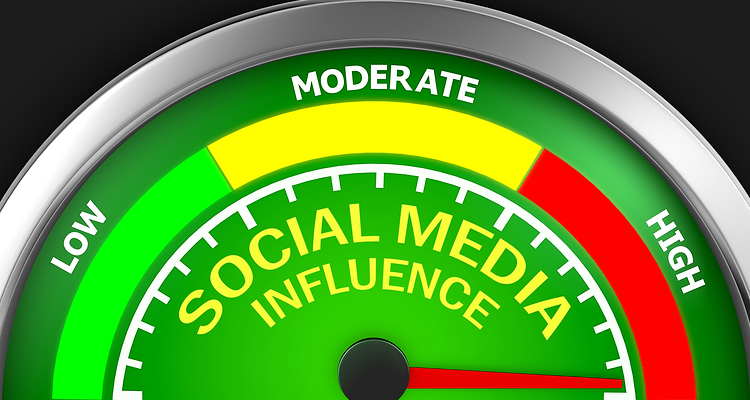
Photo Credit: Shutterstock
In just about any industry where consumer tastes and perceptions matter more than the underlying quality of the product, companies have been turning to social media influencer programs. At first, it was just bloggers. But then it transformed into a much larger opportunity. Blow up on Instagram or Snapchat, and you’re likely to be courted by brands as a social media influencer.
It’s the reason why fashion industry bloggers and YouTube beauty celebrities matter so much to up-and-coming fashion brands, and why just about every major fast-moving consumer goods (FMCG) company has experimented with social media influencer programs. If influencers can convince you to buy a new $300 outfit for your wardrobe, surely they can convince you to switch your choice of soft drink, right?
The Amazon influencer program
And now Amazon, the reigning e-commerce giant, has decided to see if social media influencers can sell just about anything online. The company recently announced the beta launch of an invitation-only social media influencer marketing program.
Here’s how it works: if you have “large followings” on Instagram or YouTube, you can submit an application to the Amazon influencer program. At that time, Amazon will determine how much pull you really have – as measured by factors like fan engagement on posts and quality of content posted – to decide if you qualify. If you pass the test, then you get a vanity URL on Amazon where you can curate products and recommend items to buy. It goes without saying, of course, that every item has to be available on Amazon.com and that you’re getting a small cut of every transaction.
Affiliate marketing, turbo-charged
If you’re familiar with affiliate marketing programs, then this is really just a turbo-charged version of an affiliate marketing program. Amazon hasn’t said how much they are offering in commissions, but presumably it will be more than it pays for typical Amazon affiliate links.
For Amazon, of course, the program makes sense. What do they really have to lose? As long as they are not making any up-front payments and are simply paying out commissions, then it seems like a way to ramp up sales in certain categories that may need a lift. For example, Amazon has been pushing its clothing products for awhile now. By getting some fashion bloggers involved, it might be a way to sell more beauty and fashion items.
The Amazon.com e-commerce experience
There is one risk, though: Amazon could lose control of the branded e-commerce experience. Think about it – the way you buy products now is by going to Amazon.com and typing in what you want to buy. So Amazon can control the overall experience. But if Amazon starts handing out vanity URLs, then it would be the equivalent of giving some buyers a “back door” to the website where the influencer is in control of the experience. It would as if a fashion brand opened up a backdoor lot behind their store where people could buy directly from fashionistas instead of dealing with the store sales staff.
Ultimately, social media influencers may embrace the program if it makes them money. Deep down, everybody dreams of being a Kardashian-like celebrity, with the ability to move product with a single smile or nod of the head. We all like to think that we have great taste and style. It works for items where brand perceptions matter, but will it really work for lawnmowers and kitchen appliances? We’re about to find out.